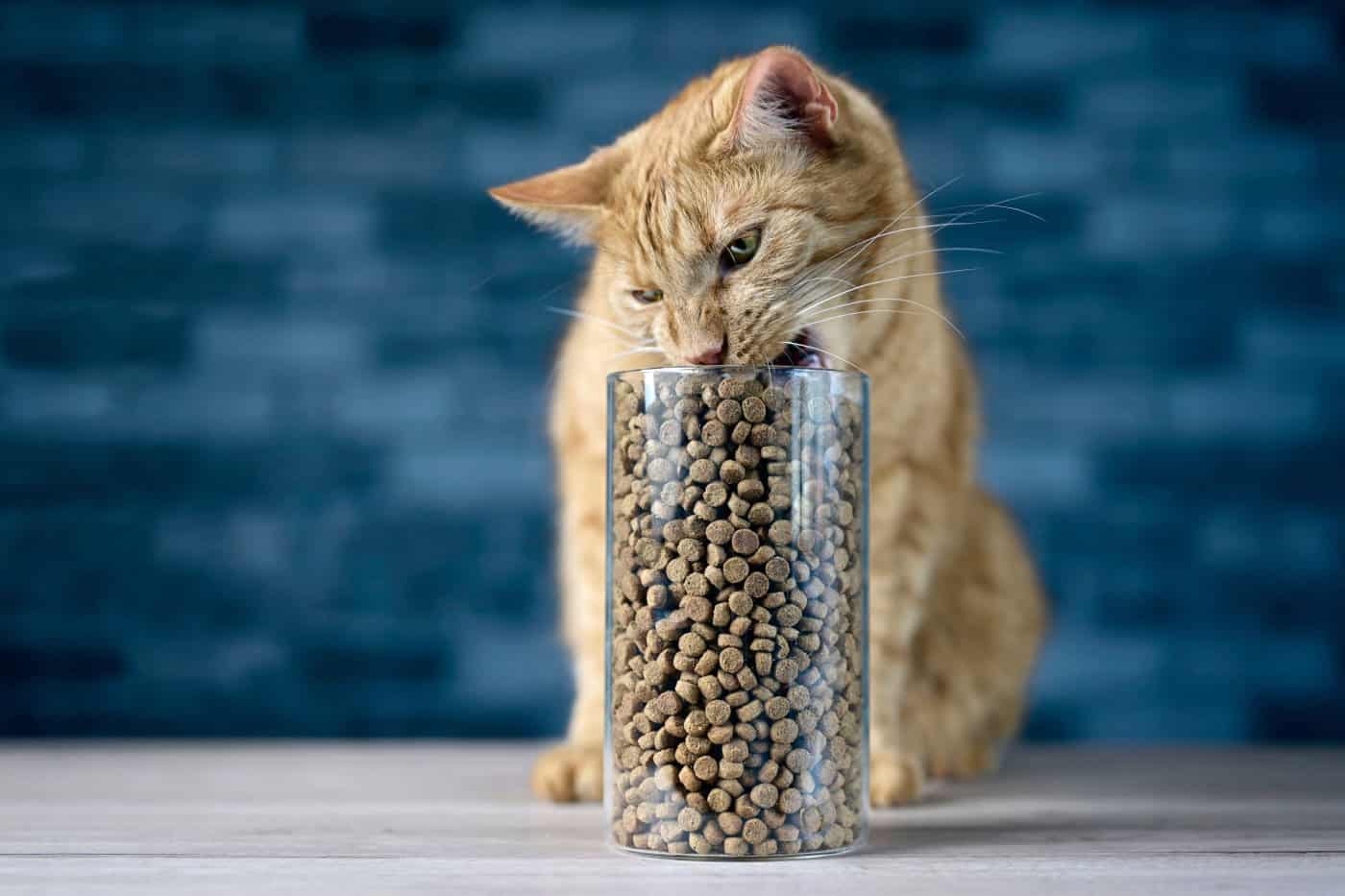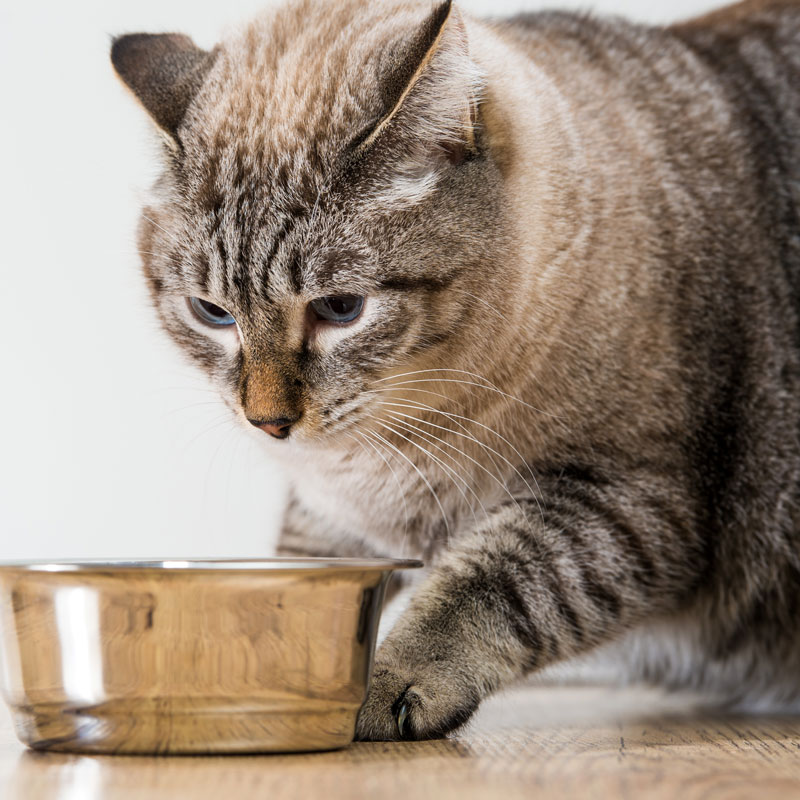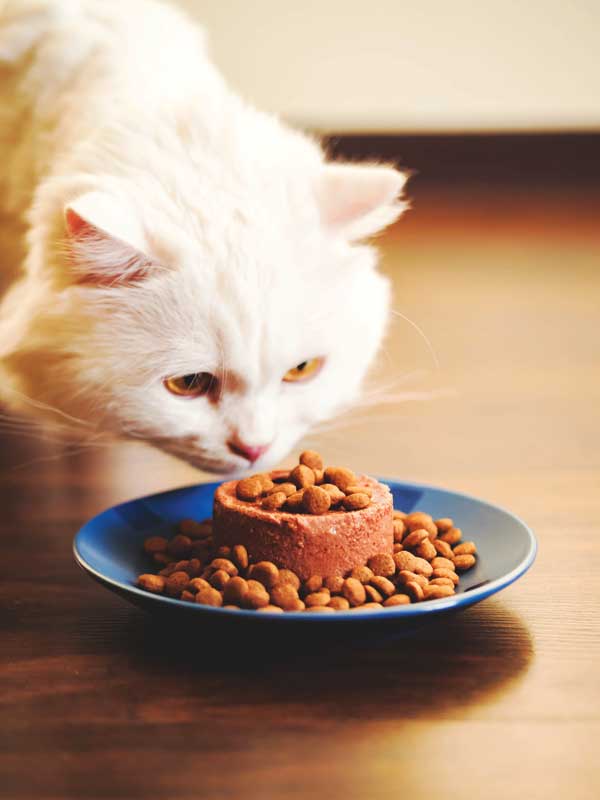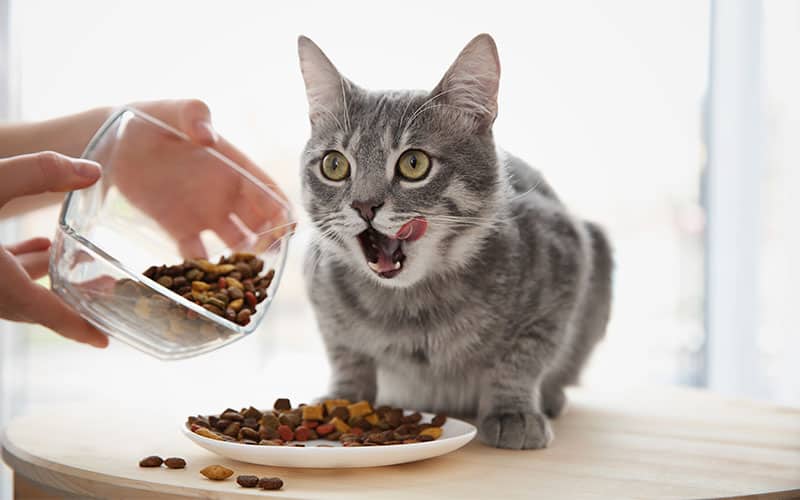
Introduction
A. Importance of Shelf Life in Pet Food
Understanding the shelf life of dry cat food is crucial for ensuring its nutritional quality and safety. Proper knowledge of shelf life allows pet owners to make informed decisions regarding their cat’s diet, contributing to their overall health and well-being.
B. Significance of Understanding Shelf Life for Cat Owners
As responsible pet owners, understanding the concept of shelf life equips cat owners with the knowledge needed to select and store dry cat food correctly. This enables them to avoid potential spoilage and ensure that their feline companions receive the optimal nutrition from their diet.
Nutritional Aspects of Dry Cat Food
A. Essential Nutrients and Their Stability
Dry cat food is designed to provide a balanced and complete diet for feline nutrition. It contains essential nutrients such as proteins, vitamins, and minerals that contribute to a cat’s overall health and vitality. Understanding the stability of these nutrients over time is essential in maintaining their integrity.
B. Factors That Affect Nutrient Degradation Over Time
Various factors, such as exposure to light, heat, humidity, and oxygen, can lead to nutrient deterioration in dry cat food. This degradation can impact the food’s overall nutritional value and effectiveness in meeting a cat’s dietary requirements.

Understanding Shelf Life Labels
A. Deciphering Expiration Dates and Best By Dates
Pet owners should understand the distinctions between expiration dates and best by dates on dry cat food packaging. These dates indicate the recommended period for consuming the food at its peak quality and freshness.
B. Explaining the Importance of Proper Storage and Handling
Proper storage and handling play a critical role in preserving the shelf life of dry cat food. Adhering to recommended storage conditions, such as keeping the food in a cool, dry place and sealing it properly, can significantly impact its longevity and freshness.
Factors Affecting Shelf Life
A. Impact of Packaging on Freshness
The packaging of dry cat food is designed to protect it from environmental factors that can compromise its freshness, such as moisture and air. Understanding the role of packaging in preserving the food’s quality is essential for extending its shelf life.
B. Environmental Factors and Their Role in Product Spoilage
Environmental conditions, including temperature, humidity, and exposure to light, can accelerate food spoilage. Recognizing these factors and their impact on dry cat food is crucial in maintaining its freshness and nutritional value.
Preservatives and Natural Alternatives
A. Types of Preservatives Used in Dry Cat Food
Manufacturers often incorporate preservatives into dry cat food to extend its shelf life. Understanding these preservatives and their impact on the food’s freshness is essential for pet owners.
B. Natural and Alternative Methods for Extending Shelf Life
Some pet food brands opt for natural preservation methods or utilize alternative techniques to extend the shelf life of dry cat food. These methods aim to maintain the food’s quality while addressing potential health and safety concerns associated with artificial preservatives.

Evaluating Cat Food Quality Over Time
A. Signs of Degradation in Dry Cat Food
Monitoring the quality of dry cat food is essential in recognizing signs of degradation, such as changes in color, texture, or odor. These indicators help determine whether the food is still suitable for consumption.
B. Understanding When to Replace or Dispose of Expired Food
Understanding when to replace or dispose of expired dry cat food prevents the risk of feeding deteriorated food to cats. This knowledge ensures that cats receive fresh and nutritious meals, contributing to their overall health.
Best Practices for Storing and Handling Dry Cat Food
A. Proper Storage Conditions for Maximum Freshness
Maintaining proper storage conditions, including storing dry cat food in airtight containers and away from direct sunlight, helps preserve its freshness and nutrient content. Following these best practices contributes to the food’s longevity.
B. Tips for Maintaining Dry Cat Food Quality Over Time
Implementing practices such as rotating food supplies, using resealable containers, and avoiding cross-contamination helps maintain the quality of dry cat food throughout its shelf life. These strategies ensure that cats receive optimal nutrition from their meals.

Impact of Shelf Life on Cat Health
A. Relationship Between Food Freshness and Nutritional Adequacy
Understanding the relationship between food freshness and nutritional adequacy is crucial for ensuring that cats receive the essential nutrients required for their overall well-being. Fresh and properly stored dry cat food contributes to a balanced diet and supports their health.
B. Potential Health Risks Associated with Consumption of Expired Cat Food
Feeding cats expired or deteriorated dry cat food can pose health risks, including digestive issues, nutrient deficiencies, and potential contamination. Recognizing these risks emphasizes the importance of maintaining the food’s freshness and adhering to its shelf life guidelines.
Monitoring and Assessing Dry Cat Food Freshness
A. Regular Inspections for Quality Assurance
Regularly inspecting dry cat food for any changes in texture, color, or aroma allows pet owners to assess its freshness and suitability for consumption. Changes such as unusual odors, discoloration, or the presence of pests or moisture can indicate spoilage. By examining the food before serving it to their cats, pet owners can ensure that their feline companions receive food that meets the necessary quality standards and nutritional requirements. This practice also serves as a preventative measure to avoid potential health risks associated with consuming deteriorated food.
B. Utilizing Storage Rotation Practices
Implementing rotation practices by using older stocked dry cat food first and placing new purchases at the back ensures that the food remains fresh and maintains its optimal quality. By adhering to the “first in, first out” method, pet owners prevent older products from expiring and deteriorating before consumption. This strategy promotes efficient usage and minimizes the risk of feeding expired food to cats, thus contributing to the pets’ health and well-being. Moreover, it encourages pet owners to regularly inspect the food, enabling them to remain mindful of the products’ shelf life and take necessary actions to maintain freshness and safety.

Conclusion
A. Summarizing the Importance of Understanding Shelf Life
Understanding the shelf life of dry cat food is essential for maintaining its nutritional integrity and safeguarding cats’ health. By considering the factors that affect shelf life and implementing best practices for storage and handling, cat owners can ensure that their pets receive the highest quality nutrition.
B. Providing Practical Tips for Cat Owners to Maintain Dry Cat Food Freshness
Equipped with the knowledge of preserving dry cat food’s freshness, cat owners can make informed decisions regarding the selection, storage, and usage of cat food, ultimately contributing to their feline companion’s well-being and longevity. Following best practices for ensuring shelf life maximization supports the health and nutrition of cats, reinforcing the bond between pet owners and their beloved companions.